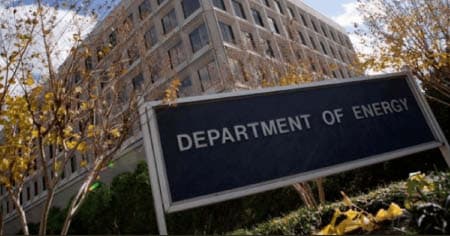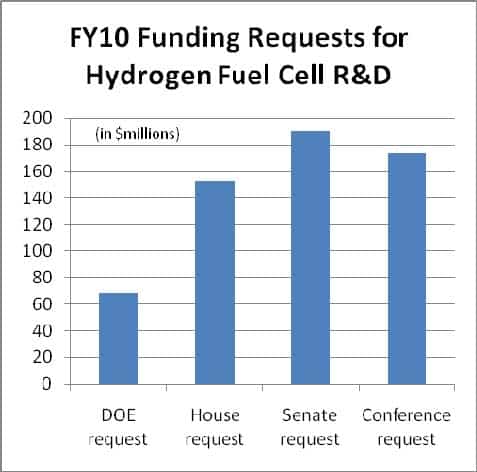Hydrogen can be produced from a range of sources—including natural gas, coal, solar, and wind—and used in fuel cells to generate electricity, power, and heat. In recent years, the federal government has expanded subsidies for hydrogen, including significant investments in research and development (R&D) and the 45V production tax credit.
Weekly Wastebasket
Rolling Analysis, FY22 President's Skinny Budget







